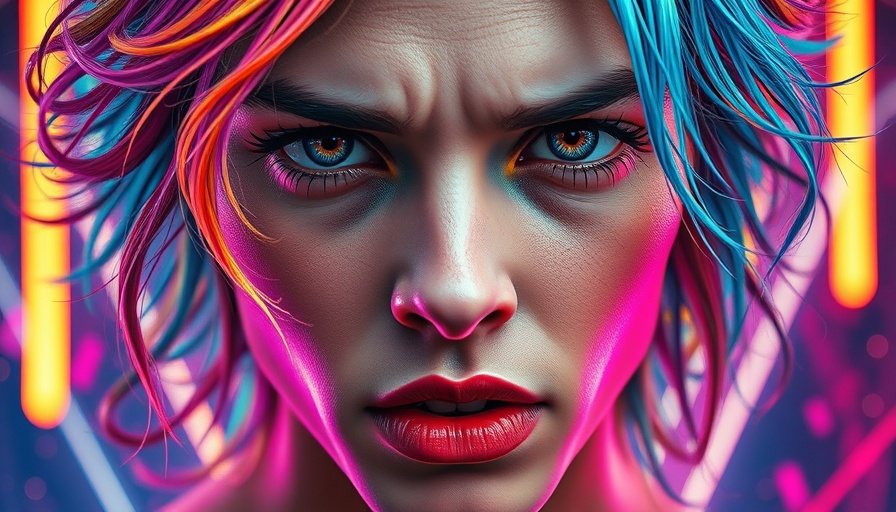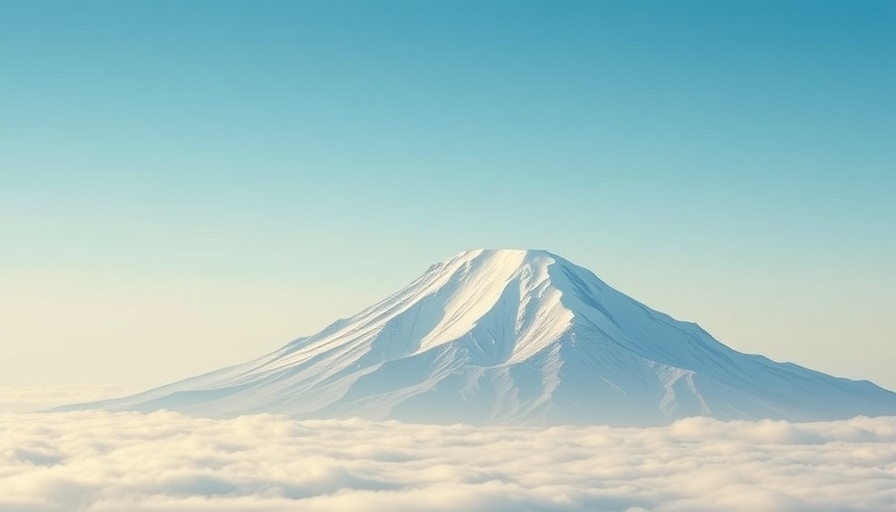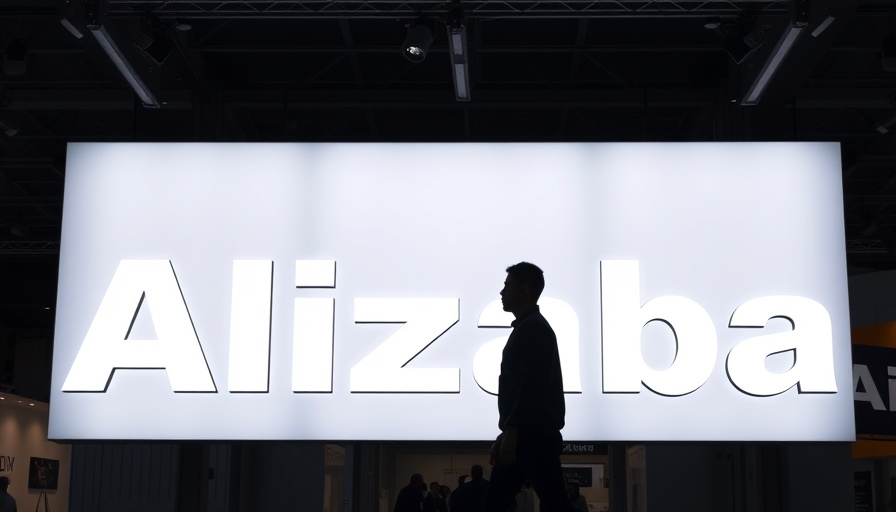
The Evolution of AI in Art: A New Paradigm
Recent advancements in artificial intelligence (AI) have led to what can be termed the aesthetic Turing Test, challenging our traditional perceptions of art. The latest controversy around a Guess ad featuring an AI-generated model marvelously illustrates this shift. When a stunning visual model was revealed to be an entirely digital creation, it stirred a public backlash over the implications of such technology on diversity in the fashion industry.
AI's Cultural Footprint: The Good, the Bad, and the Beautiful
Veteran model Felicity Hayward criticized the Guess ad as "lazy and cheap," highlighting how AI-generated imagery could undermine efforts to celebrate diversity. Yet, this situation ignites an essential conversation about our evolving values in art. As AI increasingly replicates creativity, we must reflect on what it means for artistic expression and human effort. The question arises: do we still value the human touch, or will we settle for artificial perfection?
Understanding the Aesthetic Turing Test
Alan Turing initially proposed his Turing Test to determine if machines could mimic human thought. Fast forward to today, and AI's proficiency has led to its passing what we now define as an aesthetic version of this test. From generating viral songs to convincing photorealistic images, AI has done more than simply mimic; it has innovated in ways that parallel human creativity, prompting us to reconsider what constitutes authentic art.
Implications for Business and Strategy
For small and medium-sized business owners, understanding AI's role in the art world is crucial as it showcases how technology shapes perceptions and decisions. As you explore AI solutions, consider how they can enhance your service offerings and improve operational efficiency. The AI-generated art trend signals a significant shift in consumer expectations and preferences. Embracing this change could help your business stay ahead in a competitive landscape.
Final Thoughts: Embracing AI's Impact on Art
While some fear the implications of AI-generated content, it’s essential to recognize the opportunities it presents. By integrating AI-generated art into business strategies, companies can enhance customer engagement and tap into new markets. As this narrative unfolds, let us strive to find balance between leveraging AI's strengths and preserving the human element that defines artistic endeavors. This approach will not only prepare your business for the future but also foster a richer dialogue about art and its multifaceted nature.
 Add Row
Add Row  Add
Add 










Write A Comment